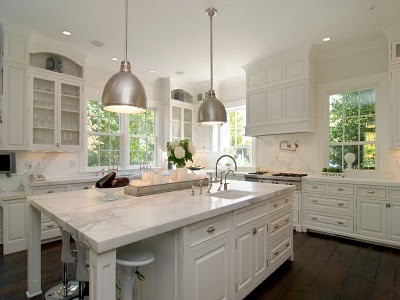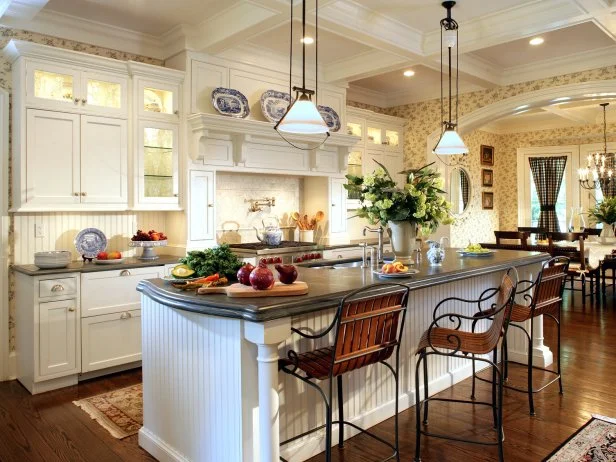Make Your Kitchen Island Stick Out with Custom-made Legs For Kitchen Island
Make Your Kitchen Island Stick Out with Custom-made Legs For Kitchen Island
Blog Article
Essential Factors to Consider When Picking Legs For Kitchen Island
Selecting the ideal legs for a kitchen island includes a careful assessment of multiple variables that can dramatically influence both performance and visual charm. As we explore these components, it comes to be clear that each choice can have far-ranging ramifications for the total kitchen area experience.
Product Options
When selecting legs for a kitchen area island, comprehending the various product choices is vital for accomplishing both visual appeal and structural stability (Legs For Kitchen Island). The selection of product dramatically influences not just the toughness of the island however additionally its general style and performance
Wood is a preferred choice, providing heat and versatility. Strong woods, such as oak or maple, supply stamina and can be stained or repainted to match the kitchen area decoration. Steel legs, often made from stainless-steel or functioned iron, add a industrial and modern-day feel while ensuring resilience and stability. These materials are resistant to wear and can sustain substantial weight, making them ideal for larger islands.
An additional option is engineered products, like MDF or plywood, which can be a lot more economical while still using a variety of finishes. They might not supply the exact same level of security as solid wood or metal. Legs For Kitchen Island. Materials such as acrylic or glass can create a contemporary appearance, though they might require extra support to guarantee stability.
Inevitably, the option of product for kitchen area island legs ought to straighten with the desired functionality and the general motif of the cooking area.
Design And Style

When considering design, the shape and surface of the legs are important. Tapered legs can supply a sense of lightness and elegance, while thicker, a lot more durable legs can communicate stamina and security. Furthermore, the finish-- be it painted, discolored, or natural-- need to complement the cabinets and counter top products to develop a unified look.
In addition, the style of the legs can also show personal preference. Personalized or decorative legs, such as those including elaborate makings or unique geometric shapes, can serve as focal factors, adding character and personality to the cooking area. Ultimately, the ideal option will not only enhance capability but likewise elevate the visual appeal, making the kitchen island a standout feature of the home.
Height Considerations
Selecting the ideal elevation for kitchen island legs is vital, as it directly influences both capability and comfort. The conventional height for a cooking area island generally ranges from 36 to 42 inches, aligning with common counter top elevations.

It is likewise important to represent customers' preferences and heights. Tailoring the height can make sure a comfortable experience for all member of the family, making the cooking area island a much more useful and enjoyable space.
Weight Assistance
Guaranteeing sufficient weight support for kitchen area island legs is vital for both security and performance. The kitchen area island typically offers multiple purposes, including cooking, eating, and additional storage, necessitating a durable support structure. When selecting legs, it is crucial to take into consideration the general weight capability called for based on the island's meant use and the materials that will certainly be put on it.
The selection of material for the legs plays a substantial role in their weight-bearing capacities. Solid wood, metal, and durable compounds normally supply premium toughness contrasted to lighter products. Additionally, the style of the legs-- whether they are directly, tapered, or have a pedestal kind-- can affect their capability to distribute weight efficiently across the structure.
Always consult the maker's requirements pertaining to lots restrictions to make sure that the legs can sustain the designated weight without endangering safety. In recap, picking kitchen island legs with adequate weight support is necessary for developing a functional and risk-free cooking room.
Installation and Upkeep
Proper installment and maintenance of kitchen area island legs are crucial for guaranteeing long life and security. company website This typically involves safeguarding the legs to the island base making use of ideal fasteners, making sure that the legs are level and aligned.
Once installed, regular maintenance is necessary to protect the stability and appearance of the legs - Legs For Kitchen Island. useful site For wooden legs, periodic cleaning with a moist cloth and application of ideal timber gloss can prevent dampness damages and keep their surface. Steel legs may need a mild cleansing solution to get rid of oil and grime, complied with by a dry towel to stop rust formation
In addition, check the legs regularly for indicators of wear or damages, such as splits or loosened joints. Tightening up screws or bolts as needed can additionally extend the life expectancy of the legs. By sticking to these installment and upkeep methods, home owners can guarantee that their cooking area island continues to be strong and visually appealing for several years ahead.
Final Thought

Aesthetic comprehensibility is paramount in selecting the style and style of legs for a kitchen island, as these components considerably affect the general setting of the area. Conical legs can give a feeling of agility and sophistication, while thicker, more robust legs can convey strength and stability.Choosing the appropriate height for cooking area island legs is critical, as it straight affects both functionality and comfort. In recap, selecting kitchen area island legs with appropriate weight support is Extra resources essential for creating a useful and secure cooking room.
In conclusion, selecting legs for a kitchen area island necessitates careful consideration of different elements, including product options, design, elevation, weight support, and installment.
Report this page